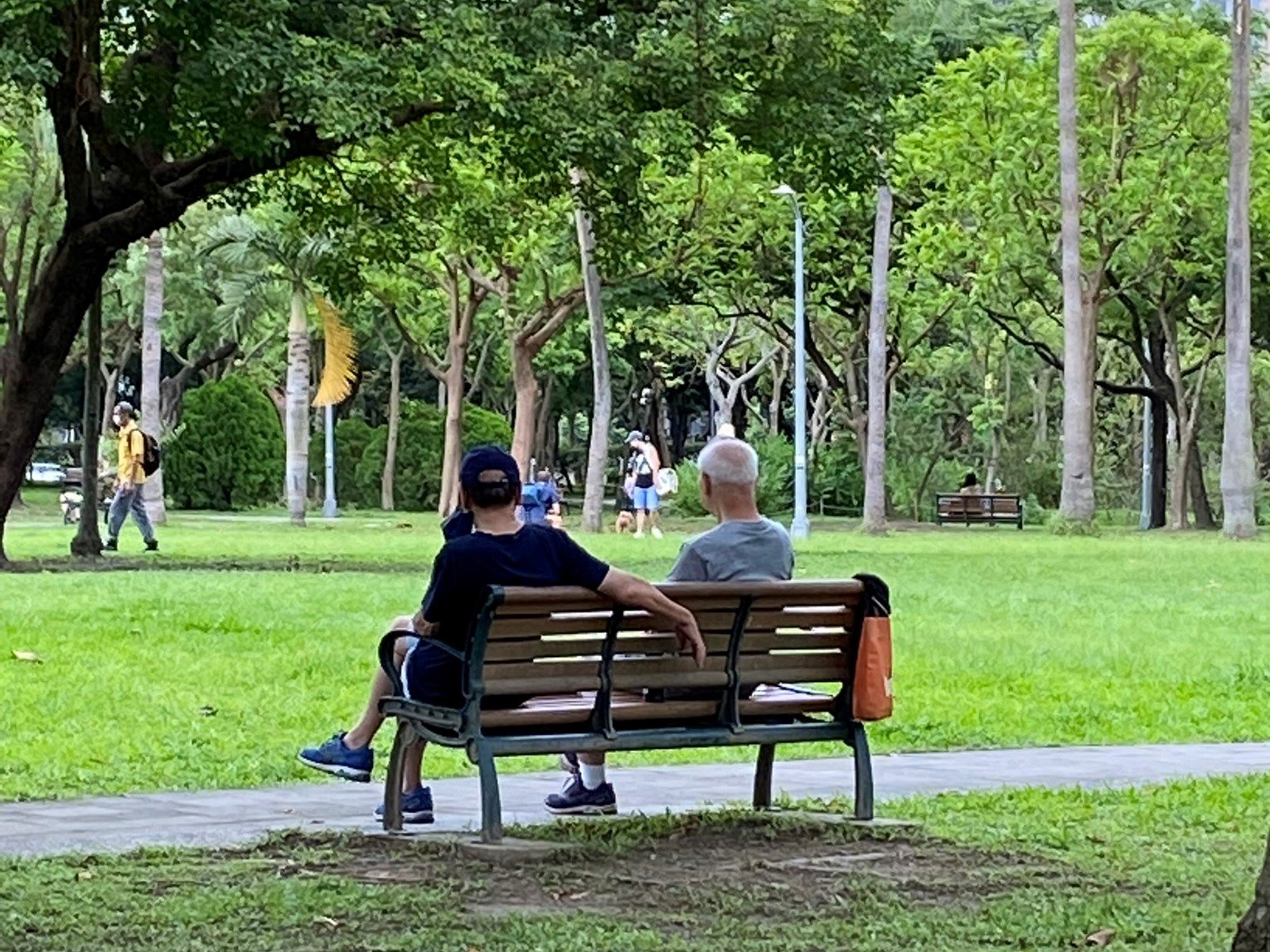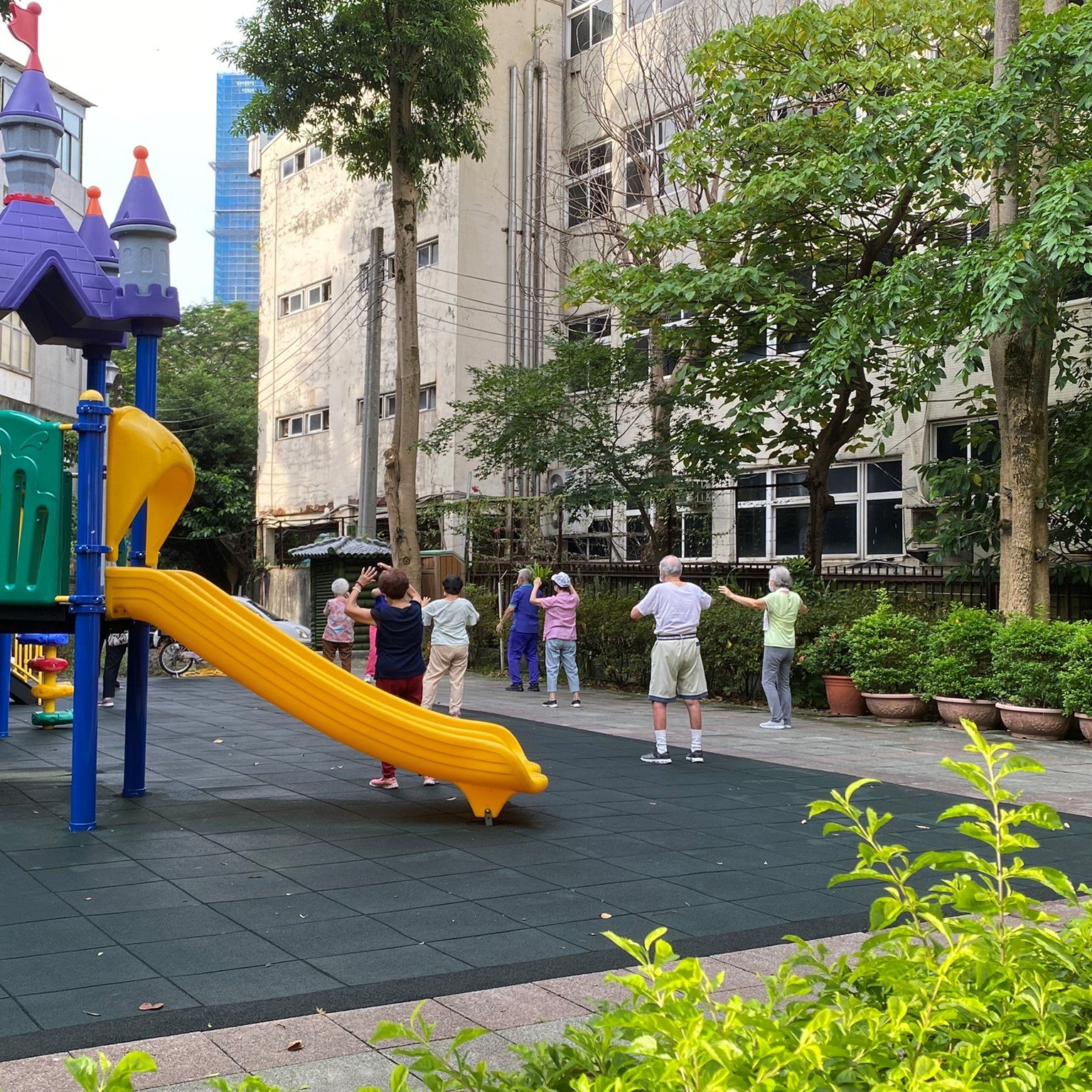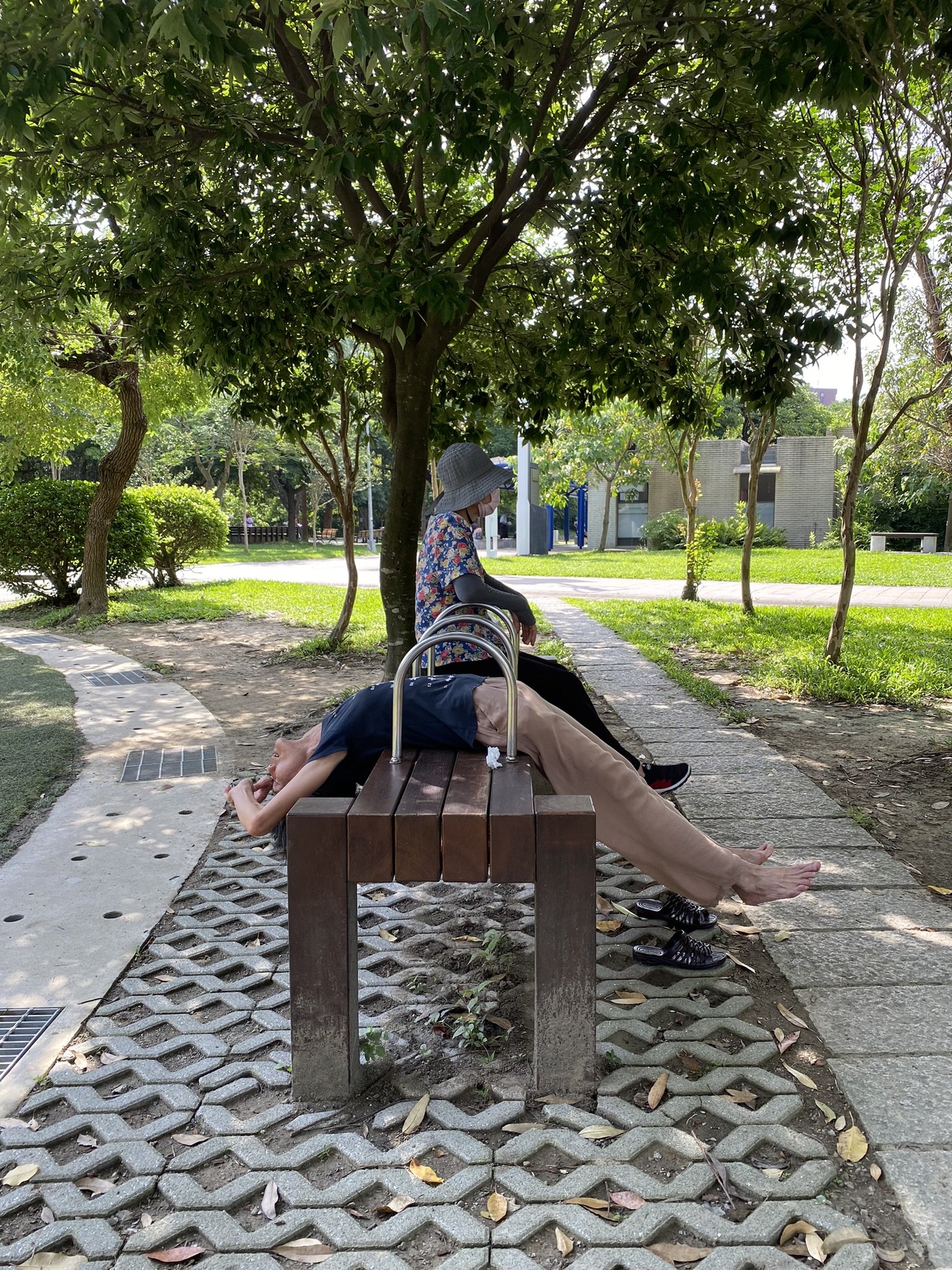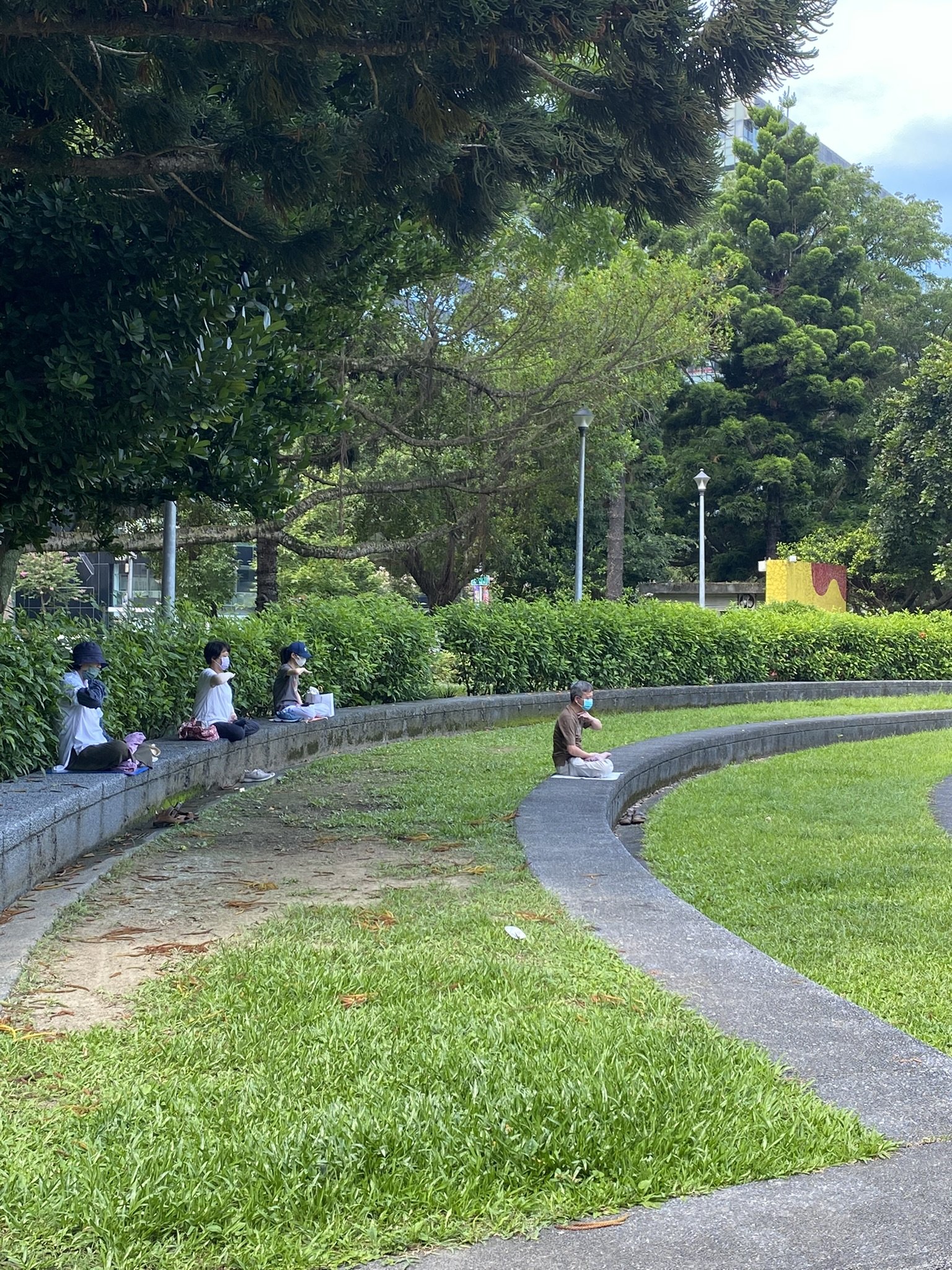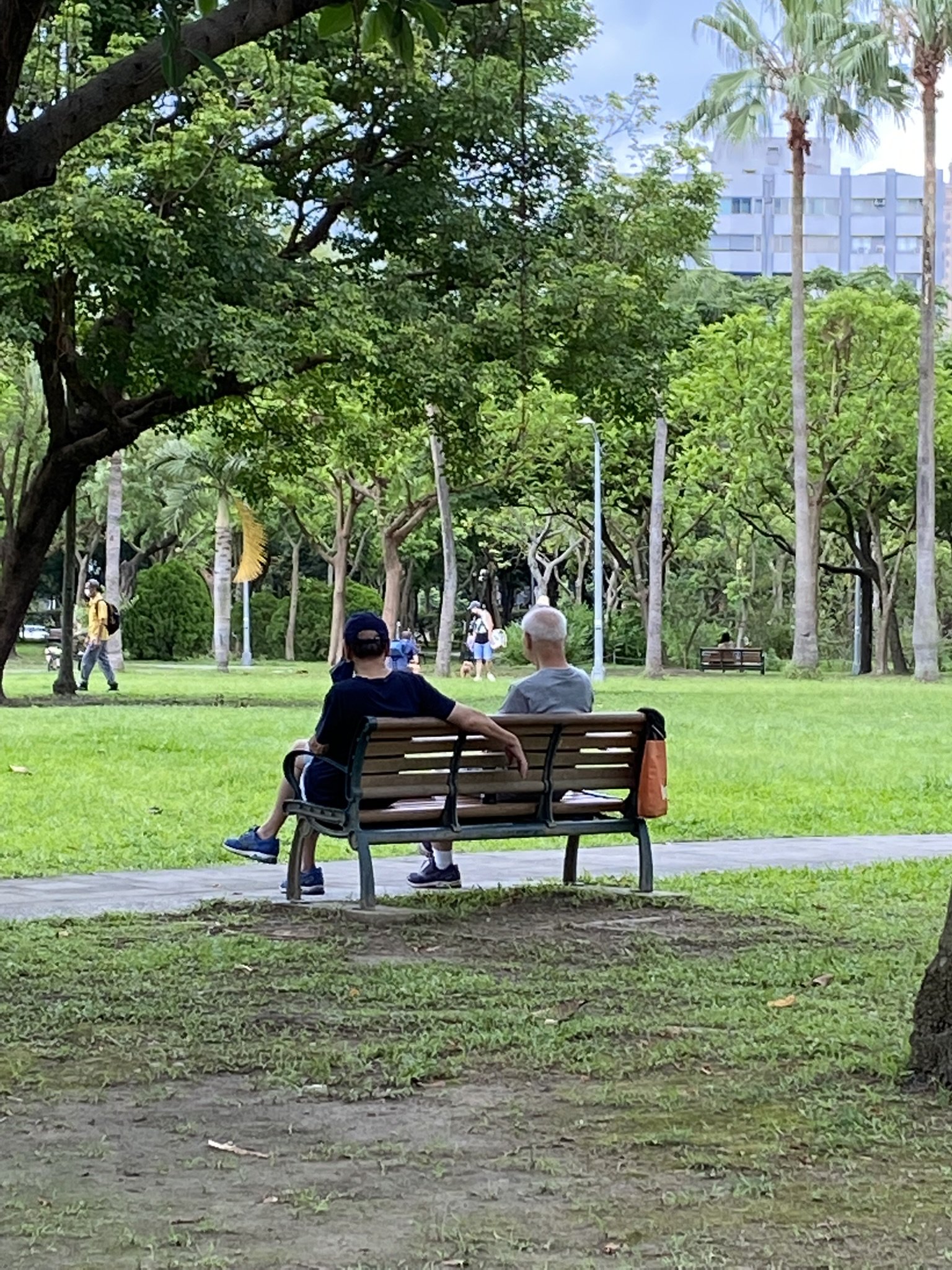“Aging in place is the ability to live in one’s own home and community safely, independently, and comfortably, regardless of age, income, or ability level.”
— Healthy Place, Centers for Disease Control and Prevention.
An Aging-Well Community
An estimate shows by 2050, a third of the U.S. population will be 65 and older. The growing number of senior communities and improved healthcare technology gives us a reason to rethink the housing products for seniors and our neighborhoods.
Generally, there are two housing products for seniors. One is without care, and the other provides mixed levels of preventative, rehabilitative, or nursing care services. See the different classifications summarized below:
This article will focus on the first type: senior housing without assistant care.
What is the Senior Housing for
This kind of senior housing is also called “independent living,” They are housing designed exclusively for aging-well seniors. These housings only offer to a group age 55 and up, known as an “age-restricted community.” Their products such as retirement homes or senior apartments appeal to people between the age of 65–75.
Where will the senior housing be
“… there was a big influx into urban communities, but land costs have become so high in cities ranging from San Francisco to Birmingham that I think we will see a return to suburban communities.”
— Kathryn Burton Gray.
When the earlier baby boomers first became empty nesters, they were ready to downsize all their belongings and give up their front door, porch, and garden to move to a more convenient and centralized downtown location. Yet, in recent years the land cost has become high, and those seniors are not interested in housing with a smaller footprint. So more of the senior housing and homes stay in suburban areas where those elder residents used to live.
What do recent retirees desire?
The coming retirement generation was born between 1955 and 1964 and is currently in its 60s. They are seen as the second half of the Baby Boomer generation. Those born in 1955 were probably familiar with the impact of an outbreak, as that was the year Jonas Salk’s polio vaccine was declared safe and effective.
They are known for being less frugal, enjoying life experiences, and valuing a lot of independence. This generation also have more people with higher education. Therefore, what they are looking for in their retirement home differs from those born in 1928–1949 (during their retirement age).
For example:
They want a great location and premium amenities while cooking and driving for themselves.
They also want to be in a place that offers lifestyle convenience and holistic wellness.
They adapt to technology. Many have a habit of taking interactive fitness classes, changing their shopping behavior, and turning into online shopping, especially during the pandemic.
When baby boomers II are asked about climate change, they are the ones aware of reducing environmental impact. A 2021 NRPA survey also confirmed this point of view; 77% of baby boomers thought “creating a nation of resilient and climate-ready” is the critical function of parks.
They also do not hesitate to use clean energy. (Though Mr. Gates cannot represent the entire generation, he is a good example that shows the Baby Boomer’s view on clean energy.)
They are sensitive to privacy concerns. They look for an operation platform that is seamless, easy to use, and maintains privacy.
They like flexibility and prefer multipurpose rooms (instead of a large and fixed seating area). So, they can use it for several different experiences over the day.
A Holistic Approach to Their Wellness
So how do our housing products meet their need? Good planning should focus on these attributes:
Site: a mixed-generations neighborhood
Twenty years ago, builders built senior living communities in areas that were quiet and out of the way. But now, more and more senior housing has grown into a larger community and interacts with different generations in the community. They often are located in family-oriented neighborhoods. This mixed-generation lifestyle is considered a way to improve their overall wellness.
Program: comprehensive wellness, from fitness to food
Inside the senior housing, the management team often offers residents supporting programs to help their minds and bodies. Their program evolved to focus not only on fitness options but also on healthier food. Some management providers also partner with the medical system to give residents access to better care.
Mobility: diverse choices and easy access
Access to quality transit: Although many seniors still outlive their ability to drive, they are also attracted to reliable public transportation, including community shuttles or a dial-a-ride service.
Drivability: If a neighborhood is clear marked, without blight spots, easy to park, and has less severe weather conditions. Then retirees are inclined to drive to avoid the feeling of isolation.
Walkability: Many studies show walking is the elderly’s most commonly physical activity. Living in a walkable neighborhood with many easy-access paths can quickly improve the elders’ health and mobility. It also means their area is safe and close to shops and services, so they would choose to walk around rather than drive.
Safety: How adults perceive the safety of their neighborhoods shapes their health. This finding can be found in Kuo and Sullivan’s study on the Ida B Well project. They discovered people who don’t feel safe in their neighborhood generally feel depressed and angry.
Access to Nature
Regarding their outdoor environment, they prefer a high-quality nature environment, whether it is a public park or an outdoor amenity. Lia Marshall, a Ph.D. from UCLA, found that the old groups she studies share “an enjoyment of natural beauty with an appreciation for tranquility, plants and fresh air.”
Those activities such as Tai Chi, folk dance, group photography, or chess games in the park also lead to more friendship and exercise.
However, it is not crucial for them to live close to the parks. According to the 2021 NRPA survey, only 60% of baby boomers currently have walkable access to a park, while access to parks for Gen Z and Millennials is far more common.
Adequate Social Environment
Ellen Langer’s experiment
“Life consists only moments, nothing more than that. So if you make the moment matter, it all matters.”
Ellen Langer once did a “counterclockwise” experiment back in 1981. She invited eight men in their 70s to a monastery in New Hampshire. She stuffs all the props in the monastery and designs the setting to conjure 1959. After five days of living together as if these older men were in their 40s again, they left with several outperformed measurements, such as improved sight, posture, or grip strength. Professor Langer thought that was all because their body went with their mind. Put their minds in an earlier time, and their bodies will go along the ride.
Her experiment shows not only the effectiveness of “priming” (to be young) but also a common issue of “retirement migration.” Many people pursue their retirement dreams by moving to places they always wanted to live. But only to find out they are more isolated from family and friends, which leads to a less wellness condition.
Relevant Codes and Standards
Lastly, double-checking with industry standards and local codes is a fundamental way to consider a project seriously.
Like other building types, senior housing must follow the local zoning and state general building code. Since each state has its regulation, I am highlighting a few basics to conclude this discussion.
The International Building Code (2021): This senior housing (indipendent living) does not provide nursing care and thus is considered a residential group. The occupancy classification is residential group R-2. Group R-2 contains more than two dwelling units where the occupants are primarily permanent.
The Universal Design: the universal design is a concept that a building or space could develop and design to serve a broader range of people. The universal design is not a binding regulation. However, if a project complies with “visitability and universal design” based on LEED ND’s requirements, a project can earn up to 1 point.
Visit “visitability and universal design“ page to see more details.
The Americans with Disabilities Act (ADA) applies to all public facilities and significantly affects a portion of building design on their accessibility requirements.
Notes and references:
“2021 Engagement with Park Report”, National Recreation and Park Association (NRPA)
Gretchen Jerezerc, “The impact of coronavirus on consumer purchase decisions and behaviors”. Firstinsight.com, accessed 8.14.2022
Greg Petro, “Baby boomers and younger generation see eye to eye amidst the coronavirus pandemic”, Forbes.com, accessed 8.14.2022.
Ron Nyren, "Outlook for senior housing", Urban Land Magazine, Volume 79, 2020.
“The Art of Aging Well- video by Harvard Medical School.
First published 8/16/2022, updated 10/30/2023

